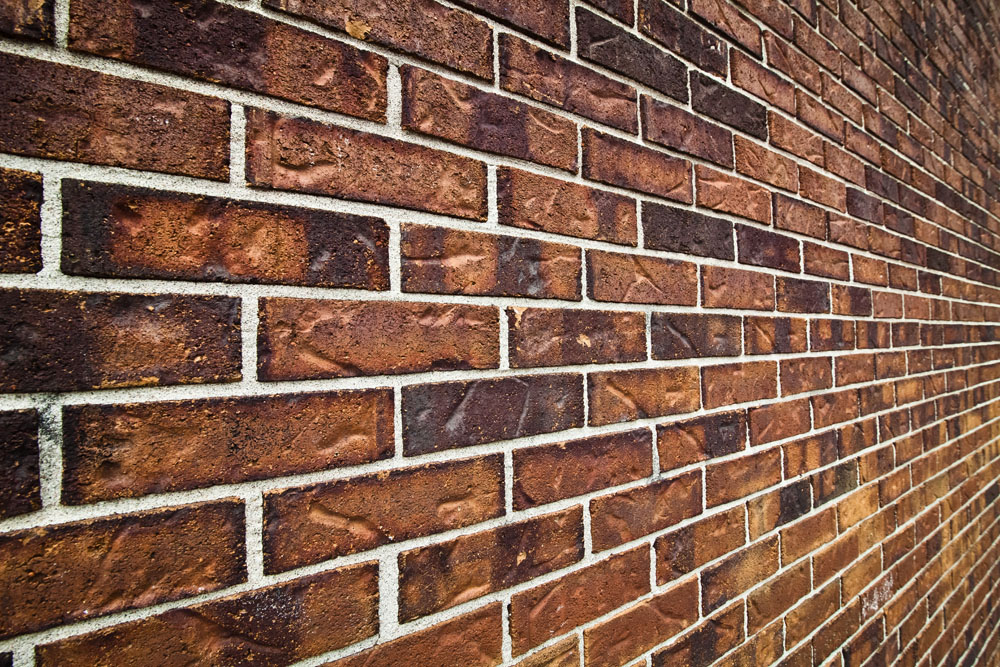Introduction
When it comes to our homes, nothing is quite as comforting as the warmth of a well-functioning masonry system. From cozy fireplaces to sturdy brick chimneys, old masonry offers both aesthetic appeal and essential safety features. However, as these structures age, they may require specialized care and maintenance to ensure they continue to function effectively. Maintaining Warmth & Safety Through Effective Old-Masonry Solutions not only enhances comfort but also protects your home from potential hazards.
In this article, we’ll delve into the various aspects of old masonry, explore solutions for common problems such as Masonry Chimney Repair, and provide tips on how to maintain the integrity of your masonry systems. So grab a cup of coffee and settle in; we're about to embark on an enlightening journey through the world of old masonry!
Understanding Old Masonry Structures
What is Old Masonry?
Old masonry refers to construction methods that utilize durable materials such as brick, stone, or concrete blocks joined together with mortar. These structures often possess historical significance and unique charm but can pose challenges regarding maintenance.
Why is Old Masonry Important?
The importance of old masonry lies in its historical context and structural integrity. Many older homes rely on these systems for their design aesthetics and functionality. Preserving them not only maintains property value but also honors craftsmanship from past eras.
Common Materials Used in Old Masonry
Brick: A classic choice known for its durability. Stone: Offers natural beauty and long-lasting strength. Concrete Blocks: Versatile and used widely in modern construction.The Role of Masonry in Home Safety
How Does Masonry Contribute to Safety?
Masonry provides fire resistance, structural support, and weather protection. Its robust nature ensures that homes are safeguarded against environmental elements while reducing fire risks associated with wooden structures.
Risks Associated with Deteriorating Masonry
- Cracks: Can lead to structural failure or water intrusion. Spalling: A condition where surface layers peel away due to moisture. Chimney Damage: Compromises ventilation for heating systems.
Signs Your Old Masonry Needs Attention
What are the Warning Signs?
Spotting issues early can save homeowners time and money down the line. Look out for:
- Cracks in walls Loose bricks or stones Signs of water damage or mold Leaning chimneys
How Often Should You Inspect Your Masonry?
Regular inspections should fireplace masonry repairs be scheduled at least once a year or after severe weather events to identify any emerging problems.
Effective Solutions for Common Issues
Addressing Cracks in Masonry
What Causes Cracking?
Cracks can arise from various factors including:
- Settling foundations Temperature fluctuations Water infiltration
Repair Methods:
Epoxy Injection: Suitable for small cracks. Grouting: Effective for larger fissures. Masonry Patches: Can restore cosmetic appearance.Tackling Spalling
What is Spalling?
Spalling occurs when moisture penetrates the masonry surface causing it to flake off.
Prevention Strategies:
- Use waterproof sealants. Ensure proper drainage around foundations.
Repairs for Leaning Chimneys
Why Do Chimneys Lean?
Leaning chimneys can be caused by:
- Poor foundation support Water damage eroding base materials
Repair Options:
Reinforcement: Adding braces or supports. Reconstruction: Complete rebuild if severely compromised.The Importance of Regular Maintenance
Why Maintain Your Old-Masonry Systems?
Masonry chimney repairRegular maintenance helps prevent minor issues from escalating into costly repairs while preserving the historical value of your home.
Key Maintenance Practices:
Conduct routine inspections every year. Clean gutters and downspouts regularly. Seal any cracks promptly.Professional vs DIY Repairs
When Should You Call a Professional?
If you encounter significant issues such as extensive cracks or leaning structures, it's best to consult experts specializing in masonry repair—especially when it comes to complex tasks like Masonry Chimney Repair.
DIY Repairs You Can Handle Safely
For minor repairs like sealing small cracks or cleaning surfaces, homeowners can often tackle these jobs themselves with proper tools and materials.
Tools Needed for Masonry Maintenance
| Tool Name | Purpose | |------------------|-----------------------------------| | Trowel | For applying mortar | | Hammer | To chip away loose materials | | Joint Raker | For cleaning out existing joints | | Caulk Gun | For applying sealant |
Cost Considerations
What Are Average Costs for Repairs?
Costs will vary based on the extent of repairs needed but here’s a general breakdown:
| Repair Type | Estimated Cost | |---------------------------|--------------------| | Minor Crack Sealing | $100 - $500 | | Major Structural Repair | $1,000 - $5,000 | | Full Chimney Reconstruction | $3,000 - $10,000 |
Conclusion
In summary, maintaining warmth and safety through effective old-masonry solutions involves understanding common issues that arise over time while employing proactive measures for repair and upkeep. Whether it’s addressing minor cracks or ensuring your chimney is safe with proper Masonry Chimney Repair, regular maintenance is key to preserving the integrity of these structures. By investing time and resources into caring for your old masonry systems, you not only enhance your home’s safety but also protect its historical charm.
FAQs
How often should I inspect my masonry?- It's advisable to inspect at least once a year or after severe weather conditions.
- Look out for cracking bricks, leaning structures, or signs of water damage inside your home.
- Minor fixes like sealing small cracks can be DIY projects; however, major repairs should be left to professionals.
- Moisture infiltration leading to freeze-thaw cycles usually causes spalling in brickwork.
- Yes! Sealing helps prevent moisture penetration which could lead to further damage over time.
- Costs can vary greatly depending on location and complexity but expect anywhere from $100-$300 on average.
By following these guidelines and recognizing when professional help is required, you can ensure that your old-masonry systems remain safe and sound—providing warmth not just physically but also aesthetically through the years!
